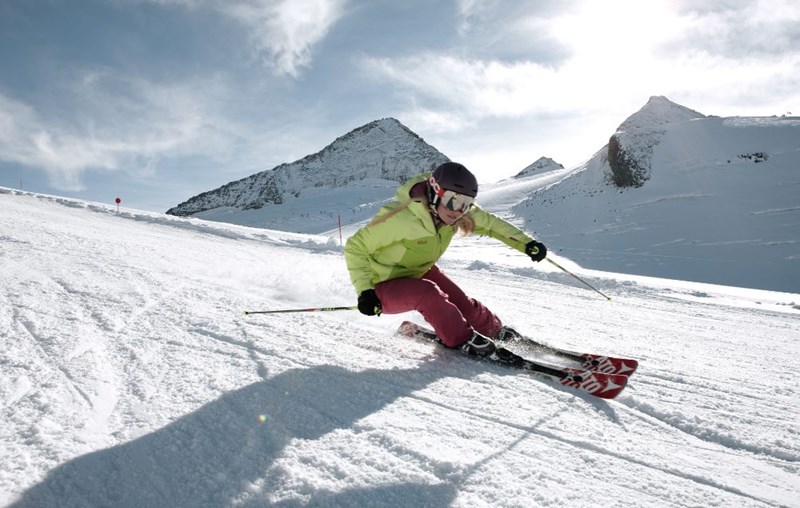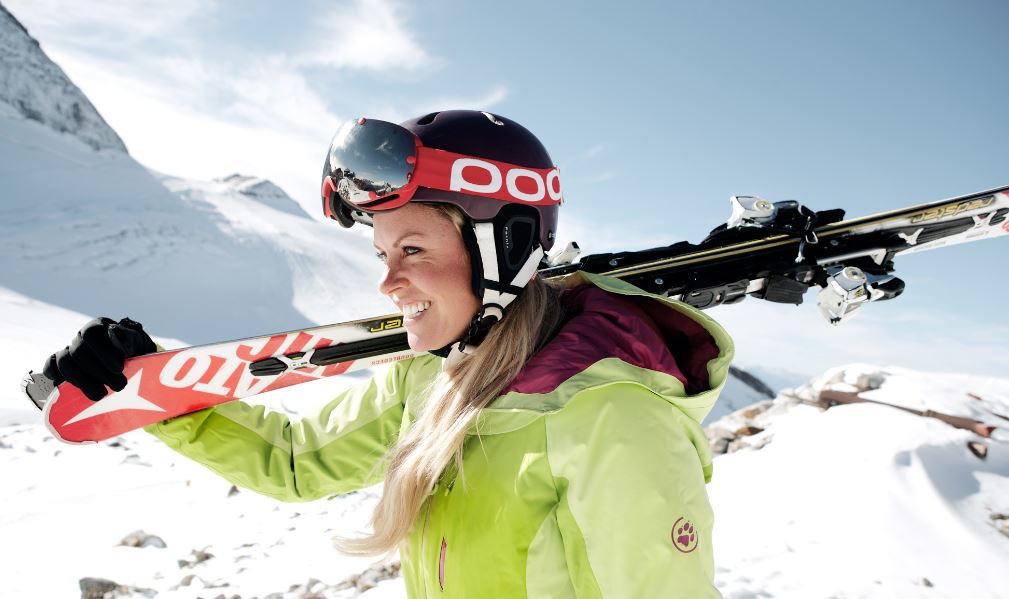
By Vicky Anscombe on 24 November 2015
When pro skier Ian McIntosh plunged down a mountain after attempting a ski stunt which went horribly wrong, he fell almost 2,000 feet in under a minute. Luckily, he was relatively unharmed after the fall and was able to walk away, but anyone who saw the video was left in no doubt - skiing can be a dangerous sport if you’re not careful.
We spoke to our brand ambassador, Chemmy Alcott, about staying safe on the slopes and minimising risks, wherever possible. It’s not about limiting the amount of fun that you have - it’s about ensuring you’re protected if things should take an unexpected turn (or tumble).

- Helmets are paramount. “You should always, always wear a helmet; I can’t stress that enough. Even if nobody else is wearing one or you’re worried it’ll cramp your style, just put your vanity to one side and buckle up. Head injuries are rare, but cause 60% of deaths in snow sports.”
- Always use a guide. “If you’re going to be skiing off-piste, always use a guide. Even if you’ve been to an area before and you’re sure of the lie of the land, it’s still sensible to enlist someone who’ll know the area better than you and has local knowledge. Plus, guides will show you how to use your avalanche kit, such as your shovel, airbag and transceiver. If something goes wrong, knowing what to do should be second nature, and needs to become an automatic reaction. Your guide will make sure you’re confident and ready to hit the slopes.”
- Be like a jelly baby. “If you tense up while you’re falling or dig your edges of your skis in, you’ll make things worse, and potentially damage your ACL, which is a ligament at the top of the knee. If you just accept what’s happening and go with it, your body will be less likely to suffer; your mind goes into slow-mo as a protective mechanism, too. I’m not saying you’ll escape without injury, but it should be a lot easier on your body, and you’ve got less chance of breaking something.”
- Check the snow forecast. “The sky might look clear, but that can change within hours. Never ignore what the forecast is telling you, and never take to the slopes if you know you’re facing unpredictable weather.”
- Talk to local people. “You may have been to an area before, and you may think you know it well from previous trips, but things can change, and things may have happened within previous months or weeks which can affect the slopes. Find out if there’s anywhere you should avoid - and if there’s anywhere which you should definitely try. You don’t want to miss out!”
- Don’t disregard your safety kit. “Your avalanche transceiver is a life-saving piece of kit; don’t put it in jeopardy. I’ve often seen people putting their mobiles next to the transceiver, which is a huge mistake, as it’ll interfere with the signals if you become trapped after an avalanche. Always carry a shovel and make sure that your neck is protected by your airbag; some kit may be bulky, but you carry it for a reason.”